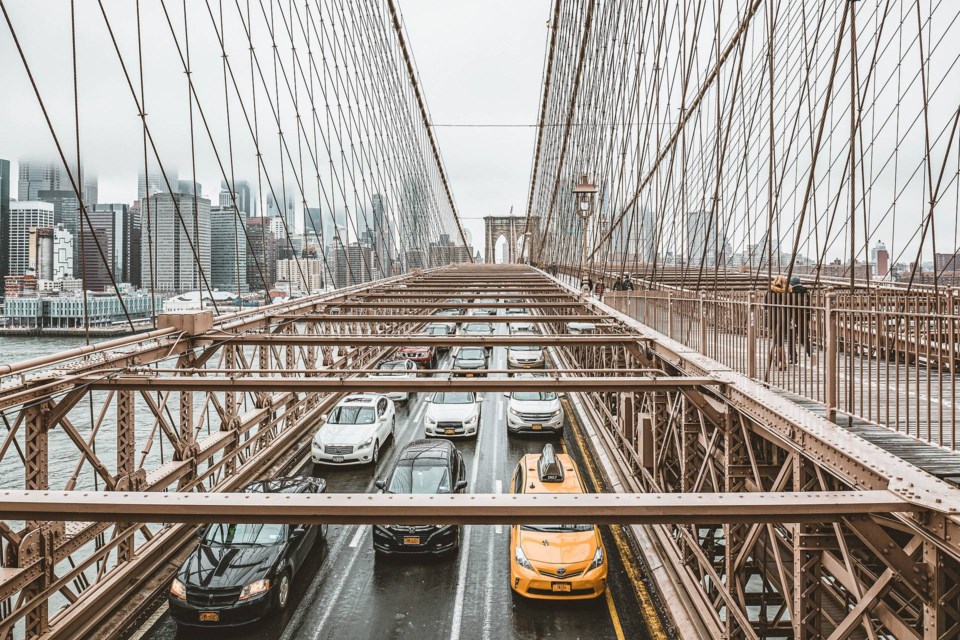More than 8 million of us call New York City home, and there's one truth we all know: This city isn't cheap!
The cost of living continues to rise year after year. And while the number of luxury high-rises continues to grow, so does the number of homeless residents. There are increasing reports of homelessness and displacement, not just among those out of work, but also among those employed in traditionally stable, full-time jobs.
Making ends meet has become a daily challenge spanning across age groups and ethnicities; among long-time residents and new arrivals. Yet, for every New York City expatriate, a new one arrives. So what does it take to afford just a basic lifestyle in today's New York City? In this three-part investigation, BK Reader is illuminating the facts, asking the questions and getting answers around what it takes to survive in the increasingly expensive "Concrete Jungle."
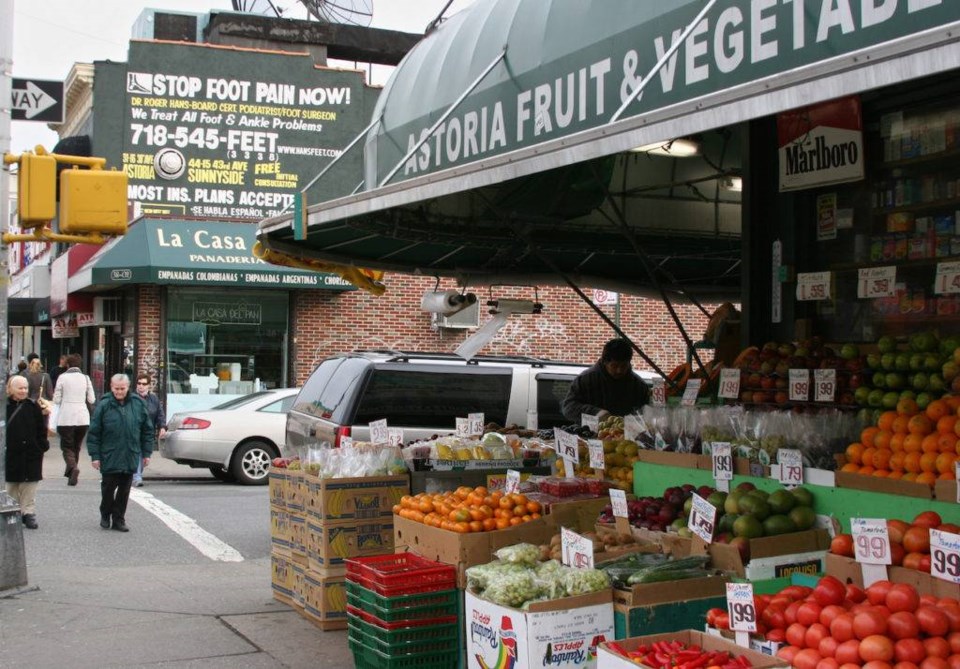
There's no denying it — as the cost of living skyrockets in New York City so do tensions between residents and elected officials charged with addressing the situation.
Residents who care about preserving the city's character want politicians to take action-- and politicians are feeling the frustration too: In Brooklyn, Borough President and mayoral hopeful Eric Adams made headlines on Martin Luther King Jr. Day with a speech in which he told new New Yorkers to go back to Iowa and Ohio. While his comments were divisive, they ignited a long-simmering debate and highlighted how issues of gentrification, displacement and affordability will be front and center in the city's future.
In clarifying his "go back to Iowa" remarks, Adams says being part of the city is as simple as saying hello to fellow neighbors, patronizing local businesses, or finding a local school or shelter to lend a hand.
But what exactly are the elected officials doing to help alleviate the situation for their constituents?
De Blasio Housing 2.0
Mayor Bill de Blasio, who was elected on the promise of building affordable housing, released an ambitious plan in 2014 to build or preserve 300,000 units by 2026. By June 2018, the city had completed almost 110,000. According to the mayor, the Housing New York 2.0 plan has tripled the amount of affordable housing for families earning less than $25,000, and doubled the number of homes in the city's affordable housing lotteries each year and funding for housing construction and preservation.
The administration has attempted to rezone six neighborhoods for affordable developments and preservation, but has come up against heavy neighborhood opposition and criticism for a number of reasons germane to each neighborhood's unique needs and challenges.
In Bushwick and Inwood, rezoning plans have been shelved because of community pushback over a lack of engagement. And pending plans to rezone Gowanus also are facing opposition.
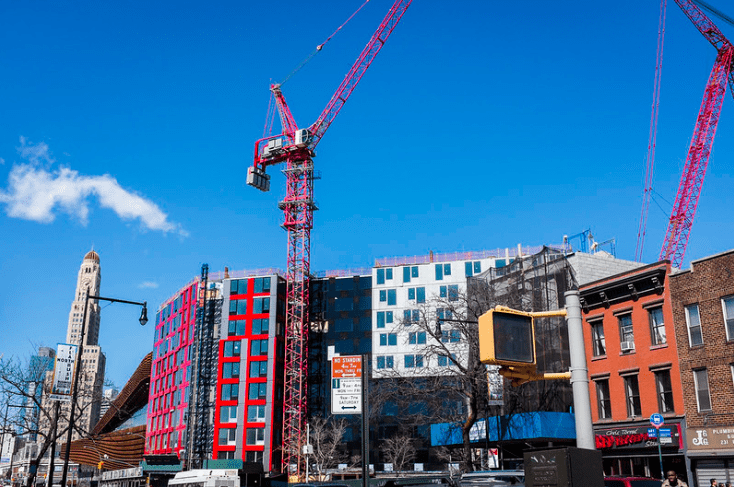
Those with less should be getting more
The plan certainly is not without its critics. New York City Comptroller Scott Stringer, for example, says New York Housing 2.0 excludes 435,000 of New York's lowest income households, with only one third of newly constructed units priced for "extremely low" and "very low income" earners (defined as a family of three with an annual income of $28,830 for extremely low and $48,050 for very low income). He says production remains skewed to "low income" households making $76,880 for a family of three.
Nearly 565,000 households in the city pay over half their income for rent, are severely overcrowded, or have been in a homeless shelter for over a year, and 435,000 New Yorkers are a paycheck away from losing their homes. Stringer says the 85,000 units left to be built under the plan should be built for those with the greatest need.
"We must create housing that actually meets families where they are - housing that is truly affordable and refocuses City resources where our affordability crisis is most acute. The price of entry to New York City cannot be a million-dollar condo."
A recent affordable housing lottery in Midwood opened with 91 units, 45 one-bedroom and 46 two-bedroom. Monthly rents start at $2,346 and went up to $2,830, with the lottery set for middle income earners (the top end of the affordable housing scale with salaries ranging from $80,435 to $149,890 for households of one to five people). Those prices show there is valid reason for concern around what is classed as affordable.
Community plans
Across North and East Brooklyn, residents and council members have worked together to develop neighborhood plans in Bushwick, Brownsville and East New York.
The plans identify goals in each neighborhood; in Brownsville more than 2,500 affordable homes will be built with a more than $1 billion investment, and in East New York almost 6,000 affordable homes will be built in the next 15 years, and the city will invest $267 million in capital projects and services.
Recently the NYC Department of Housing Preservation and Development revealed a draft proposal for its Bed-Stuy Housing Initiative, which aims to develop five large sites with fully affordable housing. The sites are located around Myrtle-Marcy, Fulton-Utica, Fulton-Howard West, Fulton-Howard East and Fulton-Saratoga, and community input will help shape development.
Housing for homeless
At the end of 2019, the City Council passed a bill requiring developers to set aside 15 percent of units for the homeless in affordable housing projects with more than 40 units — increasing the stock by around 1000 homes. The Housing New York 2.0 plan initially set aside 5 percent of the 300,000 homes being built or preserved.
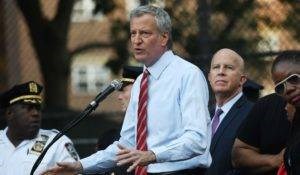
Facing mounting criticism over the city's homeless crisis, Mayor de Blasio recently announced the city will also increase Safe Haven capacity by opening 1000 beds, as well as building the 1000 new permanent apartments, and will increase health and outreach services.
"Here's our promise: we will help every last person experiencing long-term homelessness off our streets and we will do more than we ever thought possible to bring them home."
NYCHA, which houses more than 400,000 low income New Yorkers, will get a $2.2 billion investment over the next decade to repair dilapidated buildings, following major lead paint scandals in 2019. But the agency, which relies largely on federal funding, is still under a lot of pressure with federal funding cut by more than $2.7 billion since 2001.
Protecting renters
The newly elected democratic state senate passed laws last year aimed at protecting tenants by blocking landlords from deregulating apartments and passing on improvement costs to tenants, and closing a loophole that allowed developers to funnel contributions to politicians through multiple LLCs. The package of laws also puts limits on security deposits and gives tenants new protection against evictions.
Assemblymember Latrice Walker recently sponsored legislation-- bill A6277-- aimed at increasing the fiscal support for more affordable housing, home ownership, construction and rehabilitation. The bill has been approved in the assembly, and needs to be passed by the senate.
Also, in Walker's district is The Rise Re-entry Housing program that assists residents in re-entering in the community and rebuilding their life after incarceration. Walker's office recently broke ground The Loretto houses, assisted living housing services for the elderly: "We will continue to fight for affordable housing for our residents, the residents of Brooklyn and New York City as a whole," said Walker.
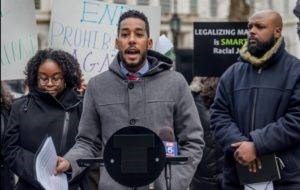
The City also has released a fair housing plan to protect tenants and undo the "legacy of segregation and inequity", at a time regulations are being slashed at a federal level. The plan provides free legal assistance to tenants facing eviction, expands the number of homes available to people using housing vouchers, and promises investment in neighborhoods that have suffered historic disinvestment.
"Acknowledging the impact that predatory policies like red lining have had on communities of color is a starting point towards making housing fair and equitable in New York City," says City Councilmember Antonio Reynoso, who represents Bushwick.
There is a momentum for change in the city, change that would see a more equitable housing and living landscape. You can find some individual movement on addressing the housing crisis and the affordability crisis undertaken at some level by nearly every elected official.
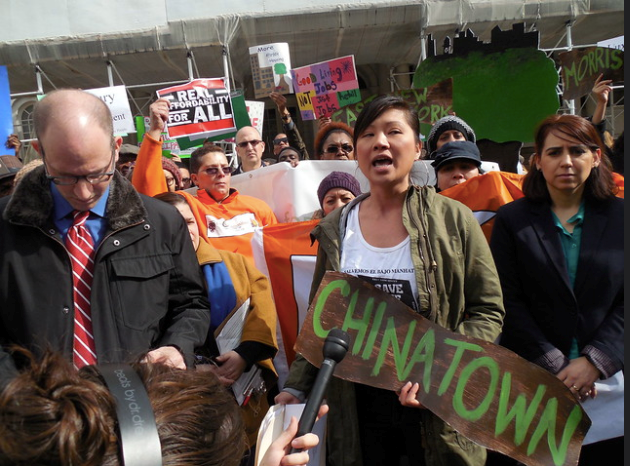
But much of that has been according to the specific need of the districts or level or resident pressure, as can be seen in the case of City Councilmember Robert Cornegy in addressing the TPT program and deed theft crisis in his own community of Bed-Stuy.
As with all political actions -- building affordable housing, combating homelessness, and increasing services — progress and improvement is subject to who's in office and the degree public pressure. In the same way lobby groups put pressure on politicians, voters too must hold elected officials accountable.
In a city as dense and populous as New York, that accountability toward affordability will have to mean more than residents undertaking individual neighborhood plans or district representatives authoring legislation that speaks solely to their constituents' needs.
... Because demographics shift; neighborhoods change. But one thing has remained constant: The skyrocketing cost to live in New York City.
Effectively addressing the city's affordability crisis will require a coordinated effort amongst the leadership of all levels of city government working in concert on a long-term citywide plan.

